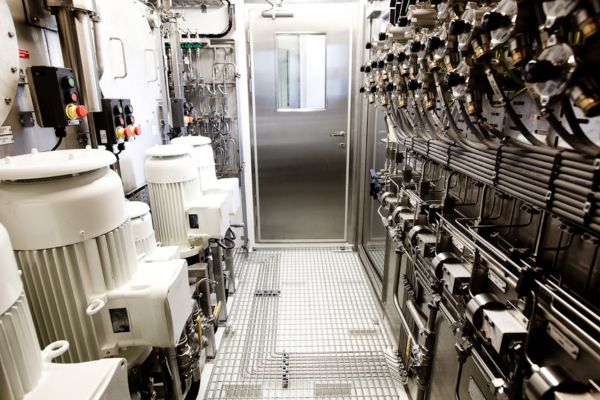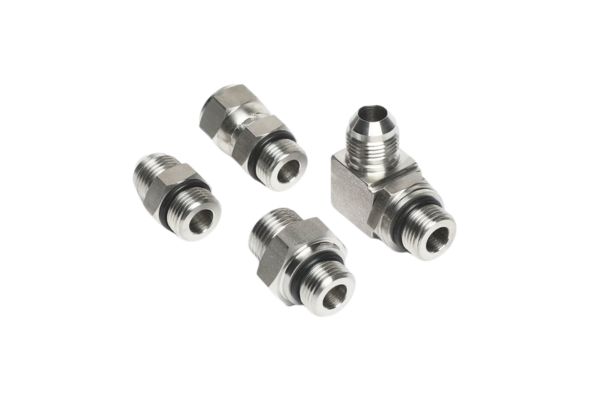
FAQ
What are hydraulic fittings with O-rings used for?
They provide a leak-free seal in high-pressure hydraulic systems.
What O-ring materials are available?
We offer NBR, Viton (FKM), and EPDM, depending on fluid and temperature needs.
Which thread types do you provide?
We supply ORFS, BSPP, NPT, JIC, and metric fittings for various applications.
What is the working pressure of these fittings?
Most fittings handle up to 6,000 PSI, but this varies by size and type.
Can I request a custom fitting size?
Yes, we provide custom sizes, thread types, and O-ring materials.
How do I install an O-ring hydraulic fitting?
Ensure the O-ring is intact, apply lubrication, and tighten to spec for a secure fit.
What surface treatments do you offer?
Options include zinc plating, nickel plating, phosphate coating, and stainless steel.
How do I prevent leaks in O-ring fittings?
Use proper torque, regular inspections, and compatible O-ring materials.
What is the temperature range for O-ring hydraulic fittings?
Depending on the material, they can handle -50°F to 400°F (-45°C to 204°C).
How often should O-rings be replaced?
O-rings should be inspected regularly and replaced if they show wear, cracks, or deformation.
























